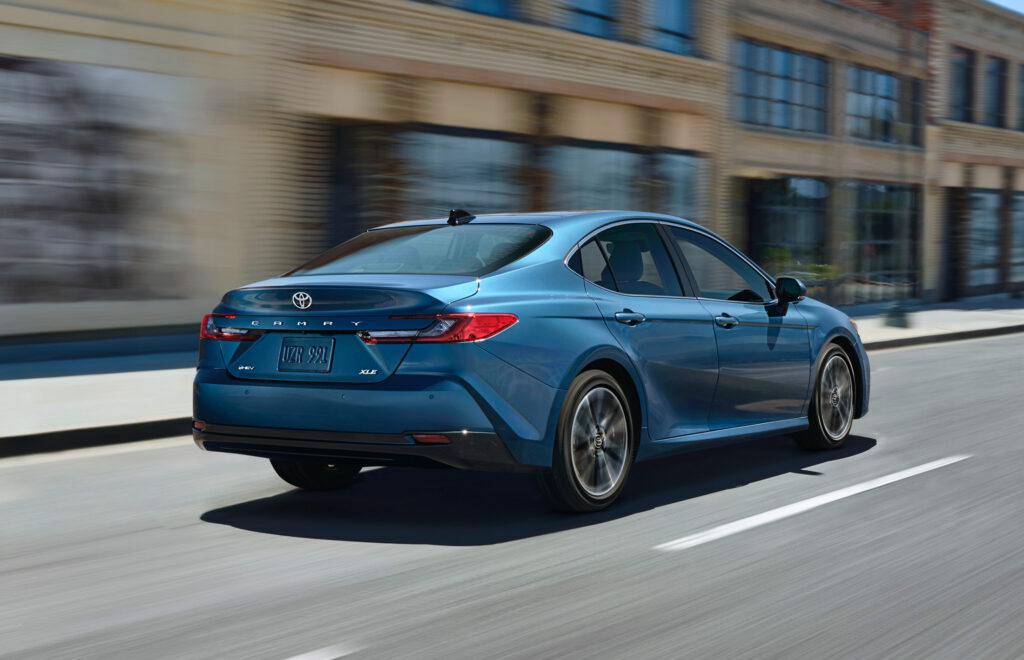Facelifted Opel Astra Proves Hatchbacks Still Have Something To Say

- Stellantis teases the facelifted Opel Astra ahead of its debut.
- Compact hatch gains sharper styling with illuminated Vizor grille.
- Model expected with diesel, hybrid, plug-in, and electric options.
SUVs may dominate sales charts across Europe, yet compact hatchbacks still hold a quiet appeal that refuses to fade. Following the facelift of the Peugeot 308, Stellantis is turning its attention to the updated Opel Astra, a sibling in spirit and a direct contender for the VW Golf’s enduring territory.
The sixth-generation Astra (L), launched in 2021, marked a clean break from its GM past, adopting Stellantis architecture for the first time. Four years on, it’s due for a mid-lifecycle update designed to keep it relevant in buyers’ minds and strengthen its position against Opel’s steadily expanding SUV range.
More: Irmscher Wants To Turn Opel Astra Into A Widebody Hot Hatch
The teaser hints at mild styling revisions, with most of the attention centered on the front end. The Opel Vizor grille now incorporates broader LED elements framing the illuminated Opel Blitz badge.
Together, these create what the company refers to as the Opel Compass, a design signature that will appear across all upcoming models.
Elsewhere, there are signs of larger bumper intakes and a more contemporary alloy wheel design featuring three double spokes and a two-tone finish. The rear looks mostly unchanged, though subtle adjustments to the bumper may help refine its proportions.
Besides the traditional five-door hatchback, Opel has confirmed that the facelift will also be applied to the Astra Sports Tourer wagon.
More: Stellantis Wants To Rebrand Chinese EVs For Europe
CEO Florian Huettl described the refreshed Astra lineup as one that will “delight customers with new, even sharper and more precise design highlights as well as innovative technologies.”
Inside, that likely means a reworked cockpit with larger digital displays, new trim combinations, and an upgrade to the latest driver-assistance systems.
Powertrain Parity

As for the powertrain lineup, it will likely follow the same structure as the facelifted Peugeot 308. That range includes a 1.5-liter turbodiesel producing 129 hp (96 kW / 130 PS), a mild-hybrid 1.2-liter turbo petrol with 143 hp (107 kW / 145 PS), a 1.6-liter plug-in hybrid delivering a combined 192 hp (143 kW / 195 PS), and a fully electric version rated at 154 hp (115 kW / 156 PS).
Opel is set to release full details of the facelifted Astra soon. Once it arrives, it will face a competitive field still led by the VW Golf and the related Peugeot 308, while also contending with the Toyota Corolla and Hyundai i30, as traditional players like the Ford Focus and the Renault Megane have recently abandoned the segment.


































